What’s this? Clear skies and no Moon! A perfect night to try out my new Turret/Filter wheel combo. It’s also the first real chance to get a decent look at the Veil Nebula in Cygnus. I’ve tried to observe it a number of time with my own owns as well as 100mm Tak, bit it’s always been a disappointment – that is until this evening 🙂
Session Data
- Date: 24/09/2014
- Time: 19:40 – 23:31 UT
- Seeing: I Perfectly Stable,
- Transparency: II Clear,
- Temp: 10c,
- Air Pressure: 1021mb,
- Humidity: 89%,
- Wind Speed: 3mph
The horizon is buried in the murk, but above 20 degrees, conditions where pretty good.
NGC6990
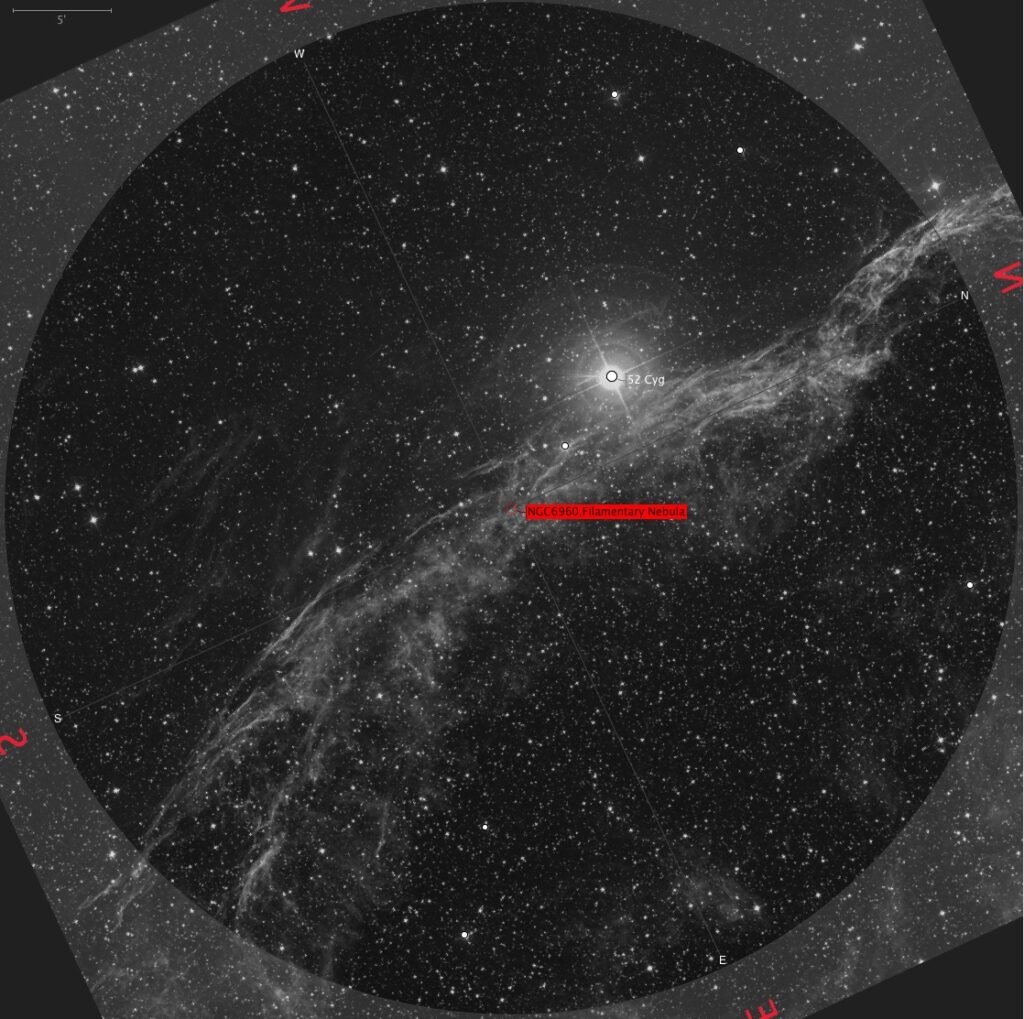
In the Altair Astro 250mm, 40mm Plossl, 51 X, 52′, West is to the 1 O’Clock
The view when switching between no filter and the OII – it’s like someone has turned on a light. Without the filter the area around 52Cyg just looks hazy. You know there is a nebula there, but no structure is visible and it’s difficult to see any boundary to gauge its size.. Switching to the OIII everything becomes so obvious!
If I place 52 Cyg to the North and just in the FOV, the nebula sweeps of out to the South and widens as it goes. As far as I could tell, the nebula ends about 35 arc seconds from 52Cyg. There appears to be a darker lane splitting the nebula horizontally into two parts. If I now place 52Cyg to the edge of the eyepiece, the nebula looks a lot brighter as it heads off to the North. The Western side is a lot brighter and more dense than the Eastern side and continues off to the North by about 25 arc seconds.
Comparing the views, the UHC filter provided a brigher FOV, but wasn’t a contrasty as with the OIII. However, over time, more detail was seen with the OIII.
As for a Rating…all I can say is Wow!
NGC6992
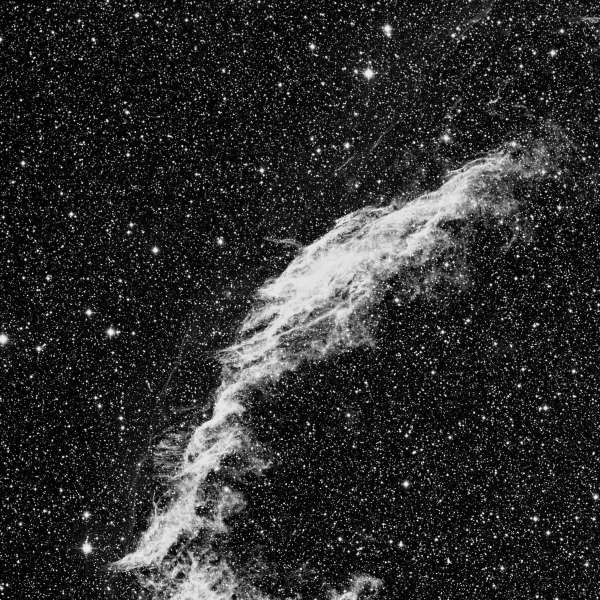
In the Altair Astro 250mm, 40mm Plossl, 51 X, 52′, West is to the 1 O’Clock.
Starting at the Southern end, the Nebula heads off horizontally towards the North, brightening as it it goes. To the South, there is a large clump of nebulosity which arcs off towards the West. At the junction where is breaks off and heads West, there is a dark void, breaking the the nebula like a tear at the Eastern edge. Deselect the OIII , and everything just disappears.
If I move about 15 arc sec to the North, the nebula starts to head off towards the N/W, As it does so and the range between dark and brighter sections become more defined. At the centre of the FOV, the nebula is broken into sections by dark lanes that run at a NW – SE angle. The whole nebula appears to be about 1 degree in length.
I did fit a Meade Broadband Nebula filter to the TMB 80 f/6, 18mm UWA, 27 X, 2.5°, but was disappointed not to have seen much of anything. Maybe the Filter is of poorer quality compared the the Astronomik UHC or I needed to’ up the power’ a little to improve the view. Next time, I’ll move the turret over and see what this looks like with a larger FOV and some decent eyepiecs with the right filters.
Another Wow object.
NGC7006

In the Altair Astro 250mm, 10mm Delos, 203 X, 21.3′, West is to the 10 O’Clock.
This Globby is really small – less than 1 arc. It’s fuzzy, but easily seen, but displays no core like structure.
Quite unremarkable!
NGC7009
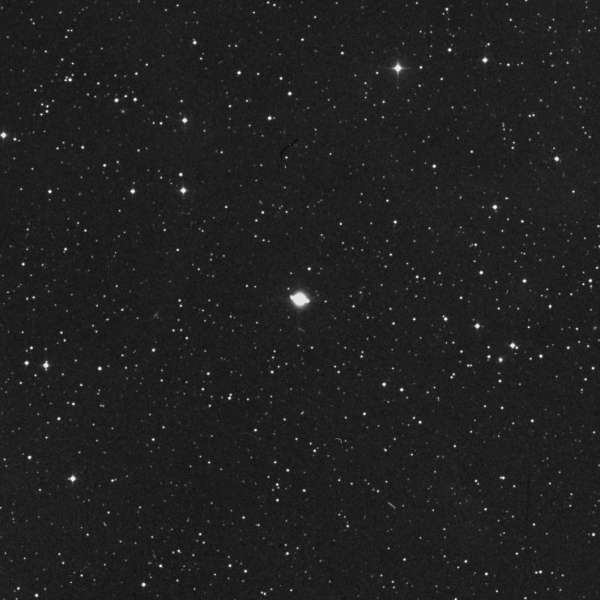
In the Altair Astro 250mm, 10mm Delos, 203 X, 21.3′, West is to the 10 O’Clock.
This Planetary Nebula is small but bright. It looks squashed – just like Saturn and is oriented roughly East/West. With or without the OIII, the view looks much the same. Reading the Night Sky Observers Guide later, it says this object has a blueish-Green colour and has ring like extensions. I saw neither of these 🙁 This is one object that I need to return to with a Powermate.
NGC7814
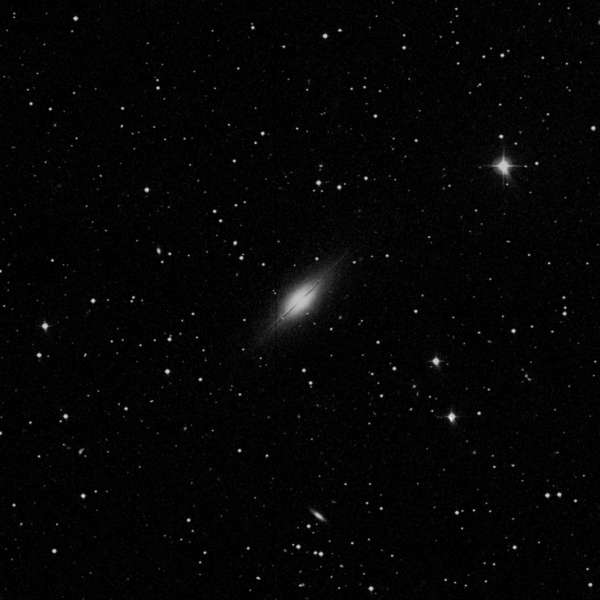
In the Altair Astro 250mm, 14mm Delos, 145 X, 29.8′, West is to the 10 O’Clock.
The brightest star in the FOV is of 7.0mag to the N/W. The galaxy is faint and doesn’t appear to have a brighter core. Orientation is tricky to make out, but it looks like its N/W – S/E. This is confirmed by the DSS image, but I suspect I’m only seeing half of the width of this object – about 2 arc sec. It also looks to be thicker than the image suggests. Maybe the core is brighter than it looks and with the atmospherics causing the core to smear, thus making it looks thicker.
NGC7635
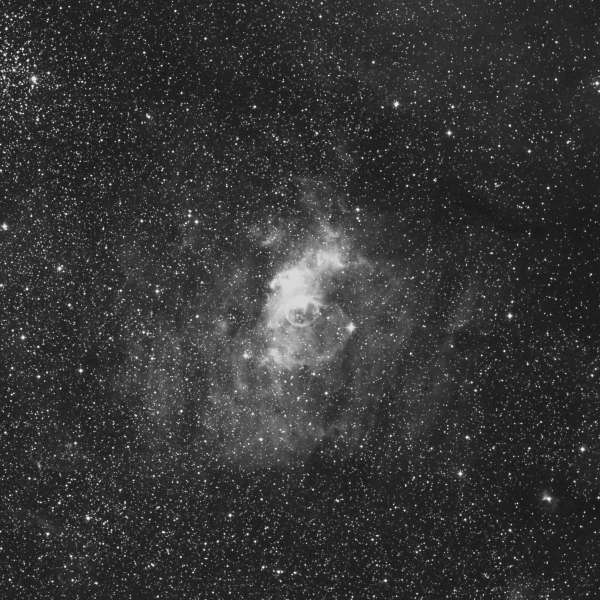
Well this was really disappointing. The scope was pointing on target according to the orientation of the star field, but I failed to see any nebulosity at all – with or without filters. The various observing guides suggest this is barely visible in an 8″ to 10″, but I was hoping to have seen something 🙁
This is the second time I’ve not seen this!